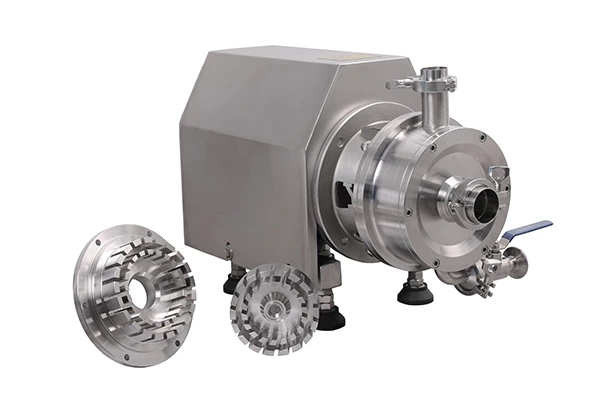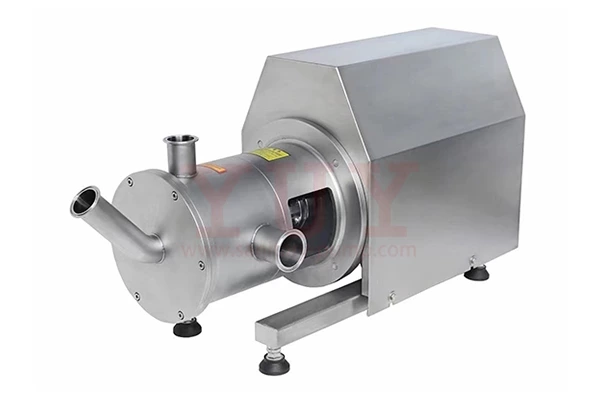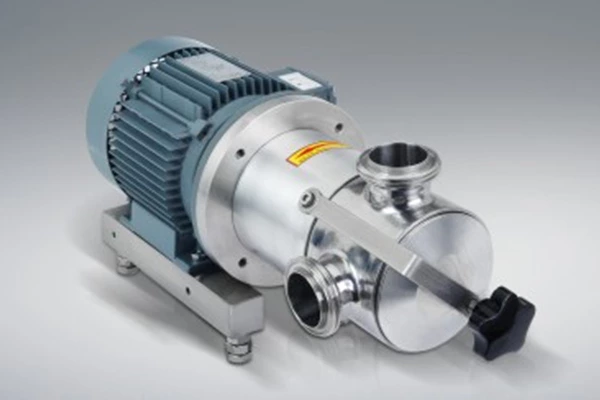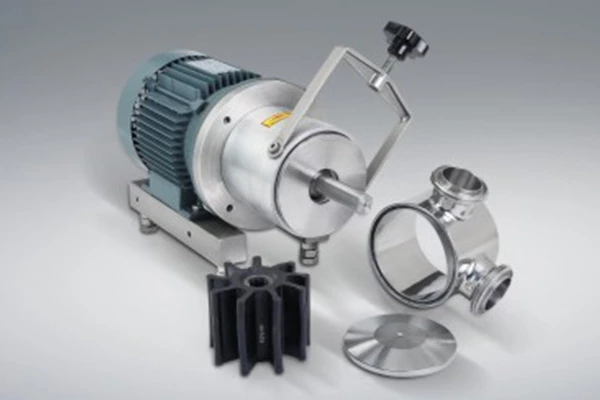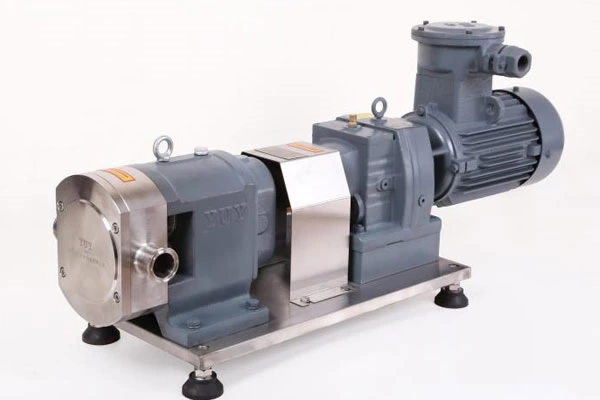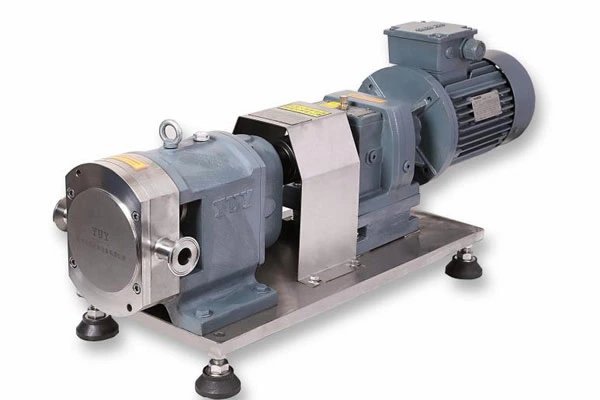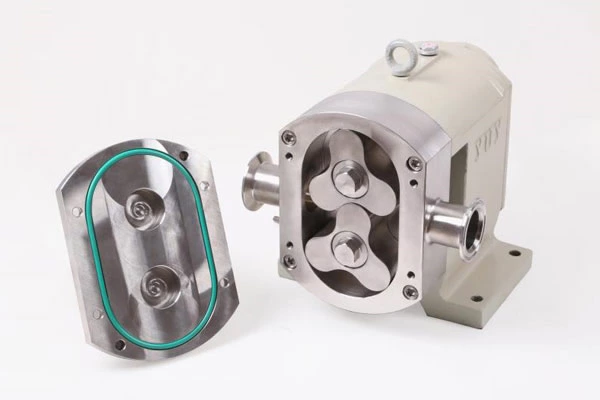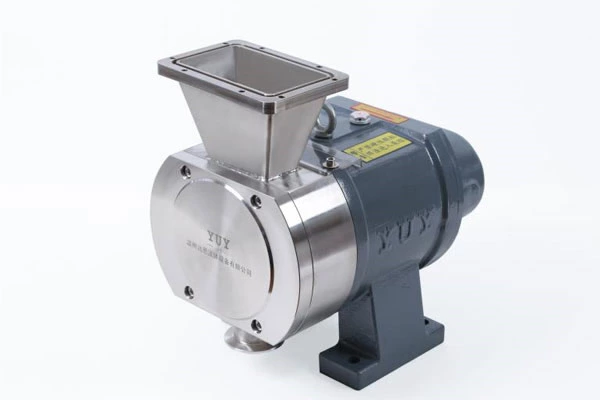Could The Water Pump Explode Too
The explosion was not caused by impurities in the Single Screw Pump or a chemical reaction between the pump and some material that should not be in the pump. In fact, in explosions like this, the water in the pump is very pure - boiler feed water, condensate, deionized water, etc.
The answer is that the pumps were running for a period of time with both the inlet and outlet valves closed (causing the pump to "run dry"). Since the water could not flow out of the pump, all the energy originally used to transport the fluid was converted into heat. When the water was heated, static pressure was generated inside the pump, which was enough to damage the pump - seal failure and pump body rupture.
Due to the release of the energy accumulated in the pump, such an explosion may cause serious equipment damage and personal injury. However, if the water is heated to above the boiling point before the pump is damaged, a more energetic explosion may occur because the superheated water released will quickly boil and expand (Boiling Liquid Expanding Vapor Explosion - BLEVE), which is similar in severity and harm to steam boiler explosions.
If a pump is running and both the pump inlet and outlet valves are closed, this type of explosion can occur regardless of the fluid being pumped. Even a non-hazardous fluid like water presents a serious hazard as shown, but imagine if the fluid is flammable, the released material will catch fire, which is even more serious. Imagine further if the fluid is toxic or corrosive, the released material could cause serious harm to people near the pump.
What can you do?
Before starting the pump, check that all valves are in the correct position. Make sure that the valves in the designed flow path are open and other valves, such as drain and vent valves, are closed.
If you are starting a pump remotely, such as from a control room, make sure the pump you are about to start is ready to start. If you are not sure, go to the site to check, or have someone check.
Make sure that the key steps that are essential to the safe operation of the pump, including the open and close positions of valves, are included in the equipment's operating procedures and checklists.
Some pumps are automatically activated—for example, when a tank is full, the process control computer or level control instrument automatically empties the tank. Before placing these pumps on automatic control, such as after maintenance, make sure all valves are in the correct position.
To prevent starting the pump without a clear line, some pumps are equipped with instrument protection devices—for example, low flow, high temperature, or overpressure interlocks. Make sure these safety systems are properly maintained and tested.



